Stir-fried eel, a delicacy celebrated in cuisines across Asia, is prized for its rich flavor and tender texture. Yet, achieving the ideal balance of succulence and safety requires precision in cooking time. This article delves into the nuances of preparing stir-fried eel, exploring the factors that influence cooking duration, techniques to ensure doneness, and tips to elevate this dish to culinary perfection.
The Science Behind Cooking Eel
Eel meat is dense and muscular, with a higher collagen content compared to many fish species. Collagen, a protein found in connective tissues, breaks down into gelatin when exposed to heat, a process that softens the meat and enhances its melt-in-the-mouth quality. However, overcooking can cause the proteins to tighten excessively, resulting in a rubbery texture. Conversely, undercooking poses health risks, as eels may harbor parasites if not properly heated.
The U.S. Food and Drug Administration (FDA) recommends cooking eel to an internal temperature of 145°F (63°C) to eliminate harmful bacteria and parasites. Achieving this temperature while preserving moisture demands careful timing and technique.
Preparation: The Foundation of Flavor
Before discussing cooking time, proper preparation is non-negotiable. Fresh eel, whether whole or pre-cut, requires thorough cleaning:
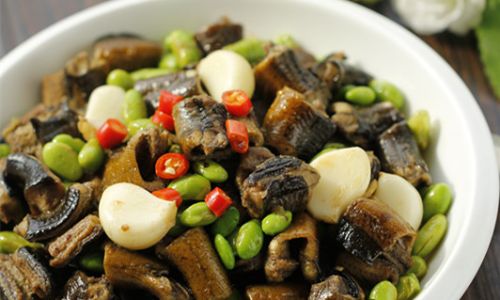
- Gutting and Skinning: Remove the internal organs and slime layer by scraping the skin with a knife or using salt to loosen the mucus.
- Cutting: Slice the eel into bite-sized pieces (2-3 inches) or thin strips to ensure even cooking.
- Marinating: A quick marinade in soy sauce, rice wine, ginger, and cornstarch tenderizes the meat and adds flavor. Limit marinating to 15-30 minutes to prevent the meat from becoming mushy.
Stir-Frying: The Race Against Time
Stir-frying is a high-heat, quick-cooking method that sears the eel’s exterior while retaining moisture inside. The process involves:
- Preheating the Wok: Heat the wok over high flame until smoking. Add oil (peanut or vegetable) and swirl to coat.
- Searing the Eel: Add eel pieces in a single layer, avoiding overcrowding. Sear for 1-2 minutes per side until lightly browned.
- Aromatics and Sauce: Toss in minced garlic, ginger, and chili. Deglaze with soy sauce, oyster sauce, or a splash of Shaoxing wine.
- Simmering: Reduce heat to medium, cover, and simmer for 5-7 minutes. This step ensures the eel cooks through while absorbing flavors.
Total Cooking Time: 8-10 minutes (including searing and simmering).
Factors Influencing Cooking Time
- Thickness of Cuts: Thicker slices (1 inch) require 7-8 minutes of simmering, while thinner strips (½ inch) may need only 4-5 minutes.
- Eel Species: Freshwater eels (e.g., unagi) cook faster than saltwater species due to lower fat content.
- Heat Source: Gas stoves provide instant, intense heat, while electric stoves may require longer simmering.
- Altitude: At high elevations, lower boiling points may extend cooking time by 1-2 minutes.
How to Test for Doneness
- Visual Cues: Cooked eel turns opaque with a golden-brown caramelization. The flesh should flake easily when pressed with a spatula.
- Texture Test: Insert a fork into the thickest part—it should glide through without resistance.
- Thermometer Check: Insert an instant-read thermometer into the center; it should read 145°F (63°C).
Common Mistakes to Avoid
- Overcrowding the Wok: Steaming instead of searing leads to uneven cooking. Cook in batches if necessary.
- Skipping the Simmer: Relying solely on high-heat searing leaves the center raw.
- Using Low-Quality Oil: Rancid oils impart bitterness. Opt for fresh, high-smoke-point oils.
Advanced Techniques for Enthusiasts
- Velveting: Marinate eel in a mixture of egg white, cornstarch, and baking soda for 20 minutes before cooking. This technique, borrowed from Chinese cuisine, seals in moisture and creates a silken texture.
- Double-Frying: For ultra-crispy skin, fry eel at 350°F (175°C) for 3 minutes, rest, then fry again at 375°F (190°C) for 1 minute.
- Braising Liquid: Replace water with dashi stock or coconut milk for added depth.
Pairing and Presentation
Stir-fried eel pairs beautifully with:
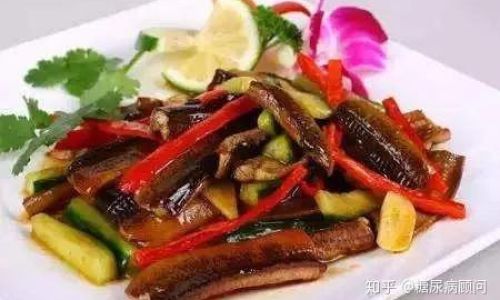
- Steamed Jasmine Rice: To soak up the savory sauce.
- Stir-Fried Vegetables: Bok choy, snap peas, or bell peppers add color and crunch.
- Noodles: Udon or rice noodles complement the dish’s richness.
Garnish with sliced scallions, toasted sesame seeds, or a drizzle of chili oil for visual appeal.
Health and Safety Considerations
- Parasite Prevention: Freeze eel at -4°F (-20°C) for 7 days before cooking to kill parasites, as recommended by the FDA.
- Allergens: Eel is a fish product; label dishes appropriately for allergy sufferers.
- Sustainability: Choose eel from farms certified by the Aquaculture Stewardship Council (ASC) to avoid overfished wild populations.
Cultural Variations in Eel Preparation
- Japanese Unagi Donburi: Grilled eel over rice, brushed with a sweet-savory tare sauce. Cooking time: 12-15 minutes (grilled).
- Chinese Huangshan Smoked Eel: Cold-smoked over rice husks, then stir-fried for 5-7 minutes.
- Korean Jangeo-Gui: Marinated eel skewers grilled over charcoal for 8-10 minutes.
Troubleshooting Guide
| Issue | Cause | Solution |
|---|---|---|
| Rubbery Texture | Overcooking | Reduce simmer time by 2-3 mins. |
| Raw Center | Thick cuts or insufficient heat | Slice thinner; increase heat. |
| Bland Flavor | Inadequate seasoning | Marinate longer; use aromatics. |
Conclusion: The Pursuit of Perfection
Mastering stir-fried eel is a balance of science and art. While 8-10 minutes of cooking time serves as a reliable guideline, adaptability is key. Factor in your stove’s power, the eel’s thickness, and your desired texture. With practice, you’ll learn to gauge doneness by sight, touch, and aroma—the hallmarks of a seasoned cook.
Whether you’re preparing a weeknight dinner or a feast for guests, stir-fried eel rewards patience and precision. So heat your wok, sharpen your knife, and embark on a culinary journey that bridges tradition and innovation. After all, the best dishes are those made with care, one tender, flavorful bite at a time.
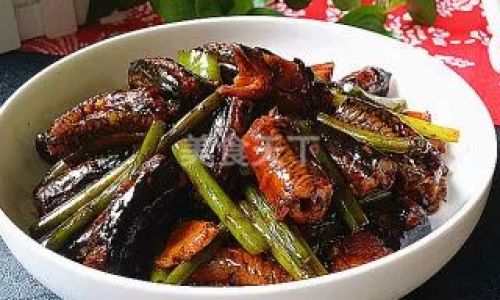
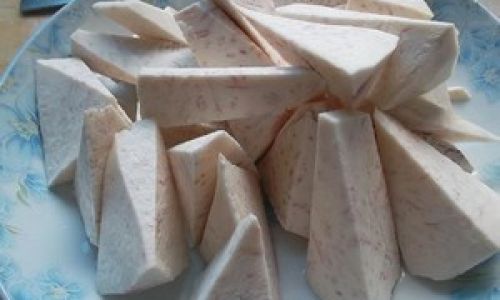
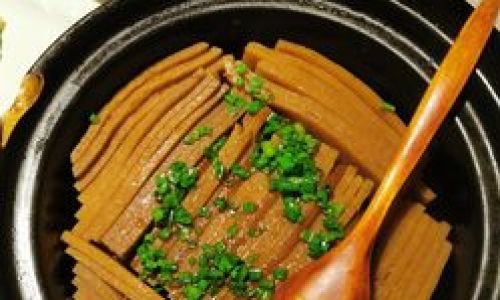
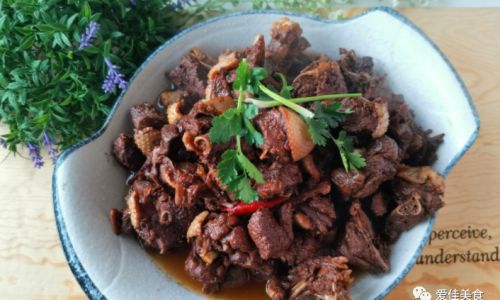
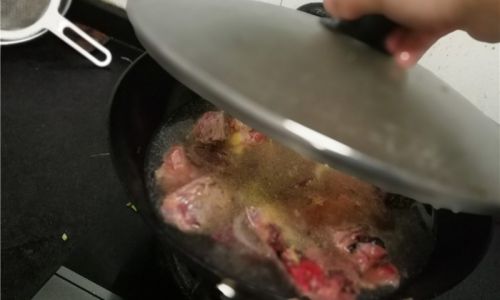

0 comments